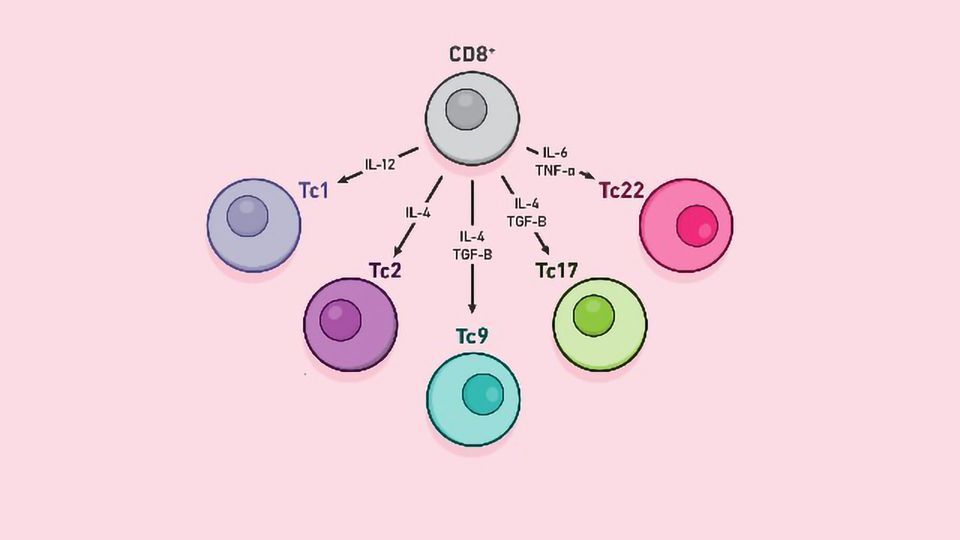Blog Post
Understanding CD8: A Critical Component of the Immune System
In the intricate landscape of the human immune system, certain molecules play pivotal roles in identifying and combating pathogens. CD8, also known as Cluster of Differentiation 8, is one such molecule that is crucial for the immune response. This blog post delves into the significance of CD8, its functions, and its importance in medical research and immunotherapy.
What is CD8?
CD8 is a glycoprotein found on the surface of immune cells known as T cells. More specifically, it is predominantly expressed on cytotoxic T lymphocytes (CTLs), a subset of T cells that are essential for the immune system’s ability to target and destroy infected or cancerous cells. CD8 functions as a co-receptor that enhances the T cell receptor (TCR) signaling, which is vital for T cell activation and function.
The Role of CD8 in the Immune System
- Targeting Infected Cells: CD8+ T cells (also known as CD8 T cells or CTLs) play a key role in identifying and eliminating cells infected with viruses or other intracellular pathogens. They achieve this by recognizing small fragments of the pathogen (antigens) presented on the surface of infected cells by major histocompatibility complex class I (MHC I) molecules.
- Killing Cancer Cells: CD8 T cells are also crucial in the immune surveillance of cancer. They can recognize and destroy cancerous cells that present abnormal or mutated proteins via MHC I molecules, thus helping to prevent the development and spread of tumors.
- Memory Formation: Some CD8 T cells differentiate into memory T cells after an infection has been cleared. These memory cells persist in the body for long periods, providing a rapid and robust immune response if the same pathogen is encountered again.
Mechanism of Action
When a CD8 T cell encounters a cell presenting a foreign antigen via MHC I, the following sequence of events occurs:
- Recognition: The T cell receptor (TCR) on the CD8 T cell binds to the antigen-MHC I complex on the infected or cancerous cell.
- Activation: CD8 acts as a co-receptor and binds to a specific part of the MHC I molecule, stabilizing the interaction between the TCR and the antigen-MHC I complex. This binding enhances the activation signals received by the T cell.
- Destruction: Once activated, the CD8 T cell releases cytotoxic molecules, such as perforin and granzymes, which induce apoptosis (programmed cell death) in the target cell. This process effectively eliminates the infected or cancerous cell.
CD8 in Immunotherapy
The understanding of CD8 T cells’ critical role in immune responses has led to significant advancements in immunotherapy, particularly in cancer treatment. For example:
- Checkpoint Inhibitors: Drugs that block inhibitory pathways (checkpoints) in T cells, such as PD-1/PD-L1 inhibitors, enhance the ability of CD8 T cells to attack cancer cells.
- Adoptive T Cell Therapy: This involves the extraction, modification, and expansion of a patient’s own CD8 T cells to enhance their ability to target cancer cells. These engineered T cells are then reintroduced into the patient’s body to fight the cancer.
Conclusion
CD8 is a fundamental component of the immune system, essential for the identification and elimination of infected or cancerous cells. Its role in the immune response, memory formation, and potential in immunotherapy highlights the importance of CD8 in both health and disease. Ongoing research continues to uncover new insights into CD8 T cells, paving the way for innovative treatments and improved outcomes in various diseases.


